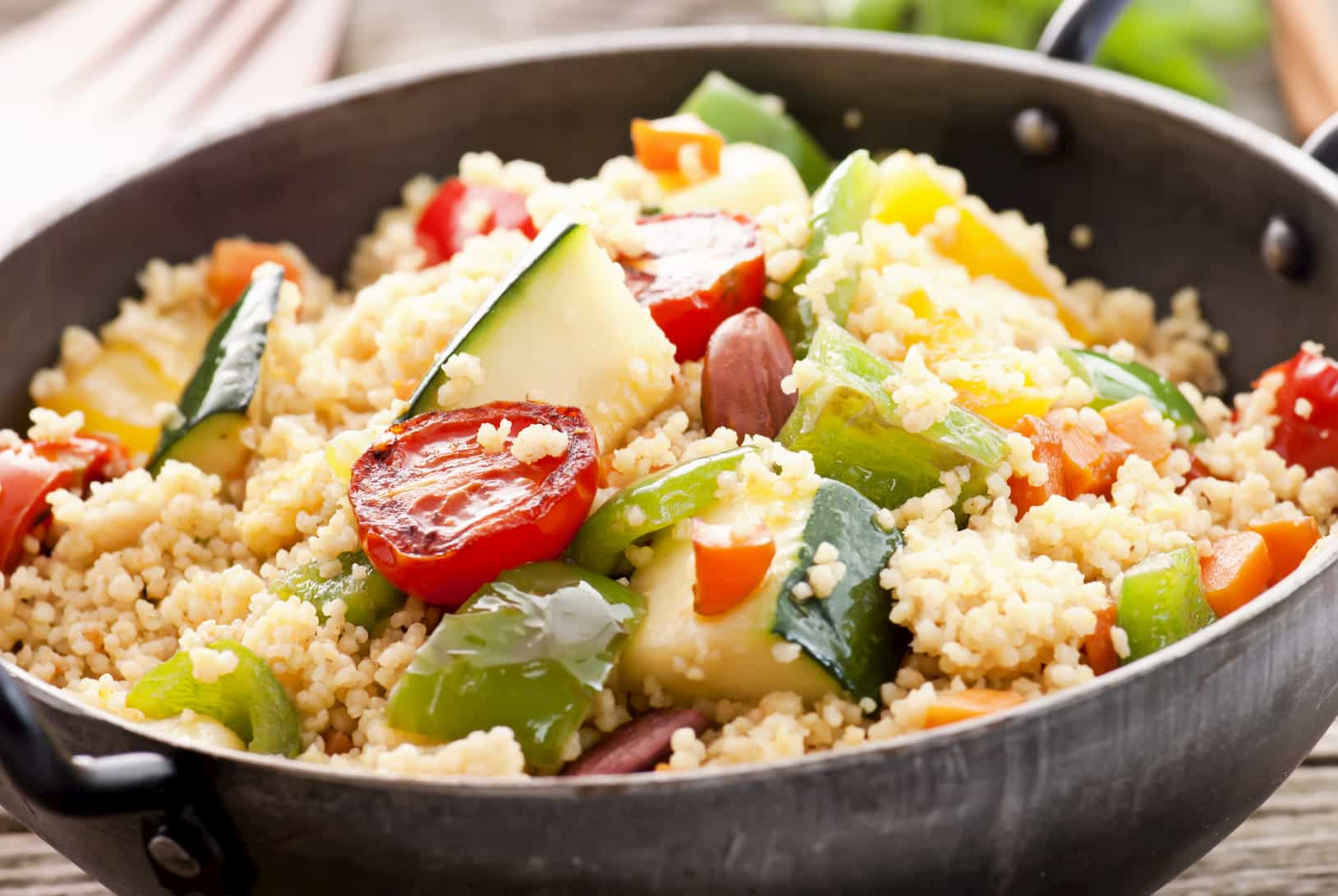Looking to keep everybody well fed and healthy, but need to keep those supermarket bills down? Here are some tips for reducing the cost of your shopping, as well as suggestions on food alternatives that could help you save.
Feeding your family on a budget
Get planning
Planning what you’re going to eat and making a shopping list is always helpful. Check the cupboards to see what you have and what you might need. If you can, try to plan meals around ingredients you have, which can help reduce the cost of your shopping and prevent unnecessary food waste too!
Check out our meal planner to help with planning meals.
Food shopping

It’s always good to look for bargains when shopping, but multi-buy deals aren’t always a saving, especially if the food goes to waste. Also, try to remember to check the use by/best before dates to get the longest life and minimise potential waste.
Cheaper alternatives
It’s easy to get used to buying a favourite brand, but there’s usually a cheaper alternative for most items. Supermarket value ranges, which include items like bread, pasta, rice, fruit and vegetables are usually much cheaper. Don’t be afraid to give them a go, you and the family might be surprised and you’ll likely save some money in the process.
If you’re buying fresh fruit and vegetables, check the price difference between loose and pre-packed items – it will usually vary as to which is cheapest. Lots of fruit and vegetables can also be frozen at home, which can avoid unnecessary waste and also saves time when you need to use them next.
Eating seasonally can also be cheaper, as it reduces the cost of transporting fruit and vegetables from other countries. This also has the added bonus of helping the environment too.
Meat and fish

Meat and fish are often the most expensive parts of a dish, but adding things like beans and lentils (known as pulses) instead can be a good way to reduce cost. Canned or dry pulses are cheap to buy and can be added straight into anything from a stew to a curry.
If you usually eat meat at each meal time, why not try a meat-free day by adding some vegetarian dishes to your week’s meal plan?
Cooking
There are so many recipe ideas to help you create cheaper meals that are still tasty using the foods you have already, and leftovers.
Portion sizes
To make meals stretch further, portion control is important. You can do this by weighing out ingredients or thinking about the amount on your plate. You might find there are enough leftovers for the next day!
Choose frozen or tinned fruit and veg
Buying frozen veg means you'll always have a few different options, and will also help you cut down on waste – you just use what you need. It’s also just as good for you as fresh veg! Fruit and veg tinned in their own juices is also a great way to store food.
Fake your takeaway
Having a go at making your own takeaway meal like pizza or curry will not only save you money but will also allow you to reduce your salt, fat and sugar intake. Our page of easy, cheap and tasty recipes shows you how.
The freezer is your friend
Made too much? Leftovers can go into the freezer – you can defrost them when you haven’t got time to make a meal from scratch.
You could also try cooking batches of food and freezing unused portions. Chilli and pasta bakes are all good batch cooking meals. It might take 30 minutes one day to make, but only minutes to reheat in the microwave!
Substituting foods
Meat
Meat dishes can often be made with a variety of different, cheaper cuts. Braising steak is a great example - it just may need to be cooked for a little longer. Also try using chicken thighs instead of breast, or mince instead of diced meat.
You can also use different meats than the ones listed in many of your favourite recipes. Simply swap your usual beef mince for turkey, pork or lamb mince and you’ll be able to make a dish just as well. It may be you need to buy a whole chicken, if chicken breasts aren’t available, but you can use other parts of the chicken for another meal. A whole chicken gives you two breasts, two thighs, drumsticks and wings as well as a carcass which you can use to make stock for soup.
Flour
You can use plain flour instead of self-raising flour. Just add 2 teaspoons of baking powder for every 150g of flour in a recipe.
Fats
When baking, butter and margarine can be replaced with a vegetable oil. You will need around ¾ of the amount of oil to the amount of butter listed in a recipe.
Milk
There are a huge number of milks available that could replace cow’s milk, such as soya or oat milk, but young children aged under five years should not be given rice milk as a substitute for breast milk, infant formula or cow’s milk.
Substitute milks can also be used within recipes. However, often, water will work just as well. If you need the creaminess of milk, then try plain yoghurt. Avoid strong flavours when substituting and go for unflavoured whenever possible.
Pasta
Does it have to be pasta? Can the meal use rice, cous cous, potatoes or even bread instead? Remember, if you can’t get your favourite pasta sauce it is simple and cheaper to make your own. Use tinned tomatoes or passata as a base, add in some mixed herbs, black pepper, maybe a pinch of chilli powder and some of your family’s favourite vegetables.
Help with the cost of feeding your family
Free School Meals
Every child in Scotland at a local council school can get free school lunches during term-time in primary 1, 2, 3, 4 and 5. This applies to all children in these years.
Older children may be eligible for free school meals if you're claiming certain benefits. You can find out more about school meals on the mygov.scot website.
Best Start Foods
Best Start Foods is a payment card you can use to buy healthy food for you and your child. It’s for use when you’re pregnant or have children who are 3 or under and you receive certain benefits. Find out what your family is entitled to on our page about Best Start Grant.
Community Food Co-operative Programmes
Community Food Co-operative Programmes across Britain provide affordable fruit and vegetables to communities. For further information go to Sustain's website.
Scottish Welfare Fund
The Scottish Welfare Fund offers different grants you can apply for depending on your circumstances. You do not need to pay these grants back. You can find out more about these grants on the mygov.scot website.
Food banks and other community support
Local community groups across the country are providing extra help with food and other essentials for families who might be struggling. To find out what’s available in your area contact your local Third Sector Interface.
Top money saving tips from parents
“I like to stick to a budget, as most of my friends do, so what I tend to do is make homemade soup, pasta sauce and fish pie, all great for freezing and saves anything going to waste. I also find doing a weekly planner really helps and I always look out for offers in the supermarket as things that can be going out of date can often be frozen."
"I prefer to do online shopping as I know exactly what my total bill is at the end of the food shop and it prevents me from impulse buying. When you shop online, you’re not tempted to buy chocolate and biscuits at the checkout. I also like to do my weekly shop at the beginning of the week, and make meals which I can then batch freeze and save for a later time."
"I find the best way to manage my family’s meals is to create a weekly planner and lay out what I intend to make. If my family have any objections, this can then be discussed before I do the shopping to avoid issues and wastage later on."
 Activities & Play
Activities & Play Behaviour
Behaviour Childcare
Childcare Development & Growing Up
Development & Growing Up Family, Friends & Relationships
Family, Friends & Relationships Feeding Your Baby
Feeding Your Baby Food & Eating
Food & Eating Health & Safety
Health & Safety Mental Health & Wellbeing
Mental Health & Wellbeing Money & Work
Money & Work Online Behaviour & Safety
Online Behaviour & Safety Pregnancy & First Days
Pregnancy & First Days School & Education
School & Education Sleep
Sleep







 Childcare
Childcare
 School & Education
School & Education